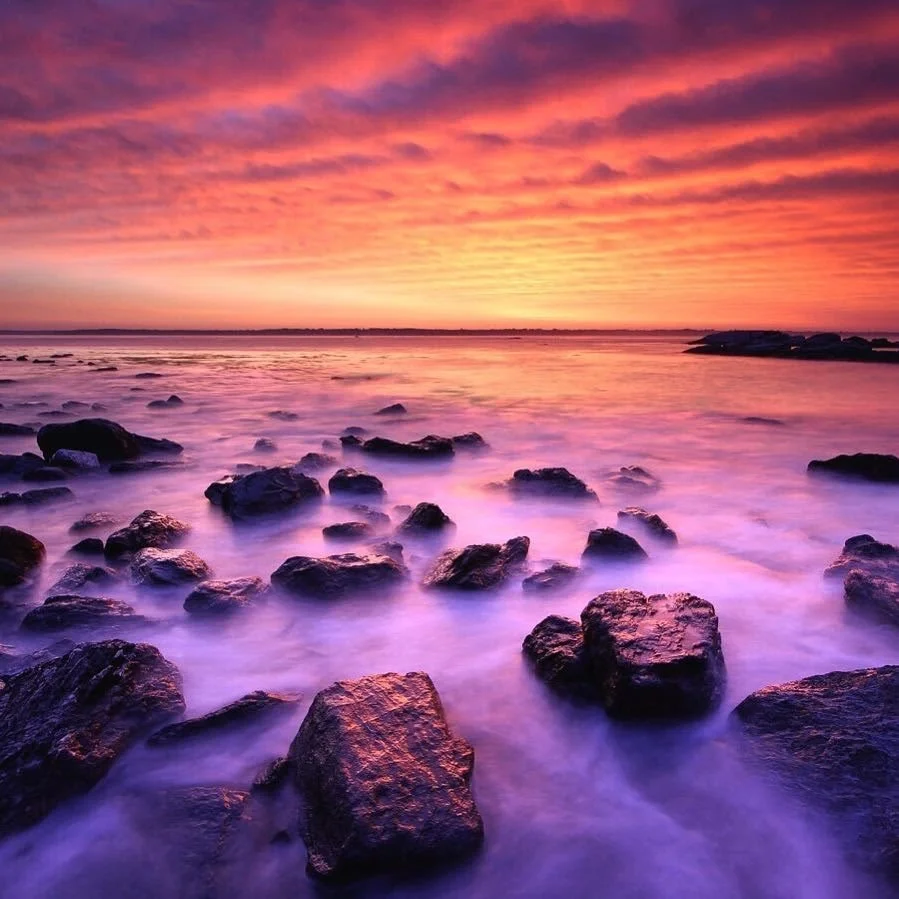{Sachuest Point National Wildlife Refuge originally posted by US interior} Sachuest Point National Wildlife Refuge in Narragansett Bay in Rhode Island fell into settler hands through the mass enslavement of its indigenous people, the Wampanoag and Narragansett, following King Philip’s War in 1676. This tragic event, although devastating to the communities, is often where the history of these two people’s end, with Sachuest then being described as a pastoral sheep farm, a Navy base, and finally a wildlife refuge and recreation area. Despite the numerous place names that come from Native languages in Rhode Island - or maybe because of them - places like Sachuest are almost never thought of or represented as indigenous spaces with Native people being relegated to literary foils in a distant colonial past.
Despite centuries of state and federal attempts to remove them and deny their indigeneity, the Wampanoag and Narragansett still exist as both people and nations in Rhode Island and Massachusetts today. However, narratives like those at Sachuest, that put indigenous people in the far past or erase them altogether, has forced these nations to constantly defend their identity, reassert their presence, and fight for rights like land sovereignty and federal recognition. Many descendants today are enrolled members of the Narragansett Indian Tribe of Rhode Island, the Mashpee Wampanoag, and the Wampanoag Tribe of Gay Head. I also want to recognize the descendents of enslaved and deported Wampanoag and Narragansett people living throughout the Caribbean.


